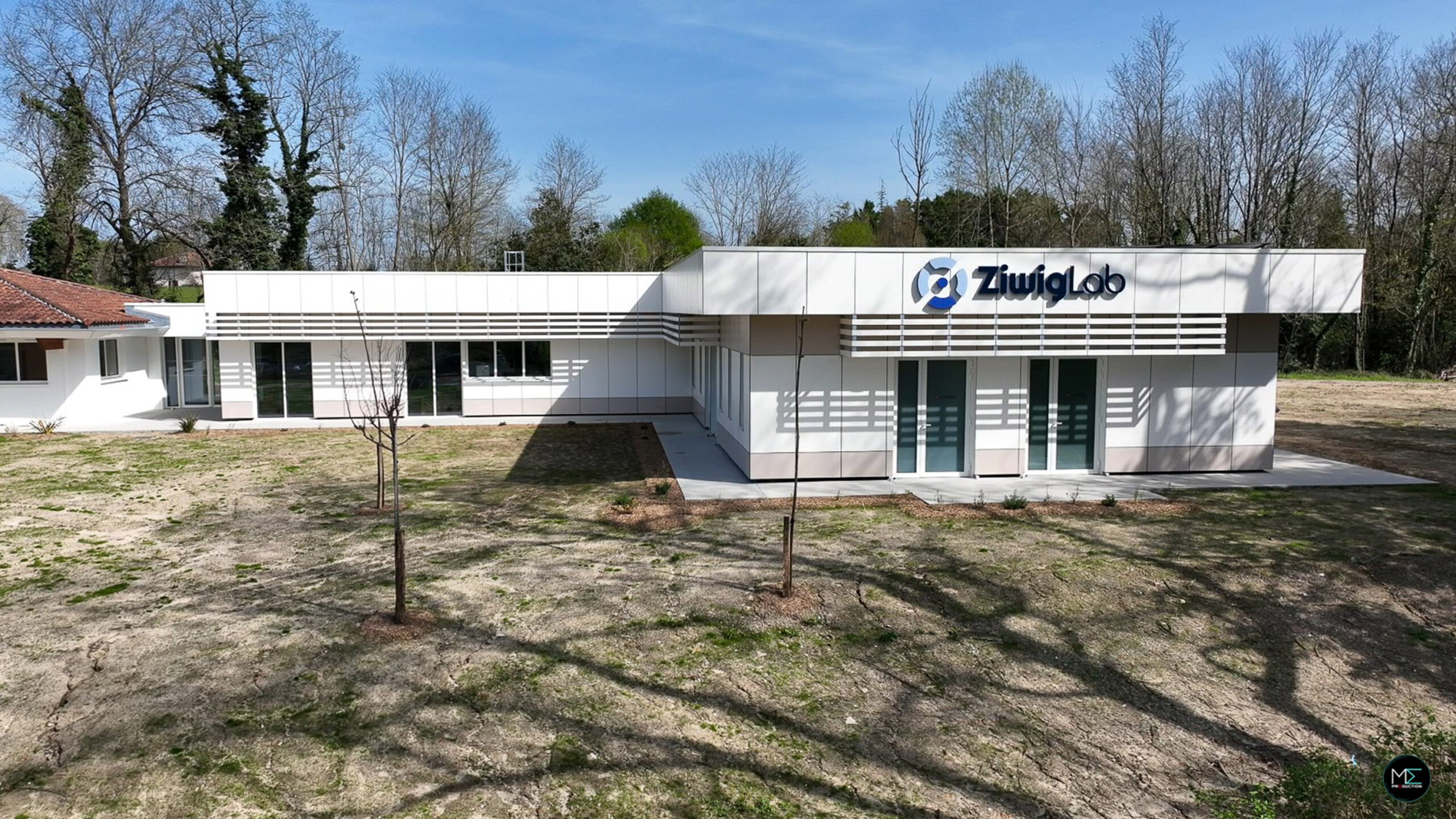
The governors of New Mexico and Wyoming on Monday unveiled proposals to deliver Rocky Mountain natural gas to meet growing domestic and Asian demands driven by data centers and electrification.
“The roadmap outlines two main routes – the Pacific Northwest Pathway and the Southwest Pathway – that leverage existing infrastructure and rights-of-way to efficiently move Rocky Mountain natural gas to expanding U.S. markets, while also offering the quickest and most affordable connections to Asian markets without relying on the Panama Canal”, said a statement posted on the website of the New Mexico Governor’s Office.
The proposals, contained in the “Rocky Mountain Gas Roadmap & Implementation Playbook”, was released at a roundtable with Japanese Ambassador Shigeo Yamada. The “playbook” was an undertaking of the Western States and Tribal Nations Energy (WSTN) Initiative.
“This is a very informative and detailed introduction to the potential of Rocky Mountain natural gas, and it is very much appreciated by the Japanese”, Yamada said. “I hope today’s meeting will lead to further cooperation and economic partnership between Japan and the State of New Mexico”.
New Mexico Governor Lujan Grisham said, “New Mexico is ready to lead the way in unlocking the Rocky Mountain’s potential to create jobs and opportunity, strengthen international collaboration and write the next chapter in global energy”.
“Putting the Rockies’ abundant energy to work benefits red and blue states by fueling our economies and the transition to clean energy”, Grisham, a Democrat, added.
Wyoming Republican Governor Mark Gordon said, “We can provide natural gas resources very near-term – almost immediately – and this is just good business. It’s about moving into a future that meets climate concerns while making sure energy is there as demand continues to grow enormously”.
WSTN Initiative chair Jason Sandel said, “This playbook is the culmination of years of work and is designed as a tool to help policymakers and commercial actors seize the major opportunities that Rockies gas present to domestic markets seeking lower-carbon gas and the Asian nations that will drive global demand in the coming decades”.
Pacific Northwest Pathway
The Pacific Northwest pathway would supply gas from the Southwestern Wyoming basin, the northwest-most point of the Rockies gas region – estimated to hold 108 trillion cubic feet of technically recoverable reserves, according to the playbook.
One of the options proposed for the pathway is a new pipeline along the existing right-of-way (ROW) of the Northwest Pipeline, passing through Idaho to the Oregon-Washington border.
“This option would mitigate the need for new energy corridors and support growing demand in Washington and Oregon, as well as surging gas demand in Idaho (Idaho Power, the state’s largest utility, forecasts in its 2025 Integrated Resource Plan adding 550MW of new gas resources plus 611MW of converted coal-to-gas demand over the coming two decades)”, the playbook stated.
The other option is to use available capacity in the existing Ruby pipeline, which has a 16 percent average utilization rate, the playbook said. Traveling directly West toward Malin, Oregon, the pipeline could access “potential large load project development across northern Utah and Nevada directly connected to the pipeline, while still serving growing demand in Washington and Oregon”, it said.
The Pacific Northwest pathway expects an additional 35 billion cubic feet a year of demand from incremental gas-fired generation by 2035.
The pathway would serve “new power generation, data centers and manufacturing loads in the Pacific Northwest”, the playbook said.
The pathway has “potential to capture market share from Canadian suppliers, who may opt to prioritize their supply for Canadian opportunities over the U.S. market”, it added.
Southwest Pathway
In the other pathway, all routing options would enable access to liquefied natural gas (LNG) facilities on Mexico’s Pacific Coast.
“The Southwest Pathway captures increasing demand from a growing gas-fired generation market in the Phoenix region while also opening the door for international LNG exports from the Mexican Coast”, the playbook said.
One option is to use the Southern Trails pipeline ROW for a new pipeline to Phoenix.
A second option is to build a new pipeline along the El Paso Natural Gas ROW toward Phoenix.
The third option envisions “paralleling the existing ROWs of Energy Transfer’s Transwestern Pipeline and Public Service of New Mexico to send gas south towards Albuquerque and continue further south to El Paso, TX via existing or proposed pipelines (Energy Transfer’s recently announced Desert Southwest Pipeline or EPNG’s Southern Leg Expansion and the proposed Copper State pipeline) to get to the Phoenix market”, the playbook said.
The Southwest Pathway estimates 205 Bcf per year of additional demand from incremental generation by 2035 and two Bcf per year from LNG production.
The pathway would serve “new power generation, data centers and industrial loads in Arizona and New Mexico”, as well as Asian LNG buyers through planned liquefaction facilities on the Mexican coast.
The playbook said, “The fundamental advantage of Rockies gas is its location. For LNG exports, the significantly shorter shipping times to Asia (~10-12 days versus ~25-30 days from the U.S. Gulf Coast) lead to lower transportation costs, reduced emissions and greater insulation from Panama Canal congestion and fees”.
“In addition to the cost savings, shorter transit times also offer greater certainty around delivery schedules and help avoid the uncertainty brought by potential congestion in the Panama Canal, which can disrupt timing and reliability”, the playbook said.
To contact the author, email [email protected]






















